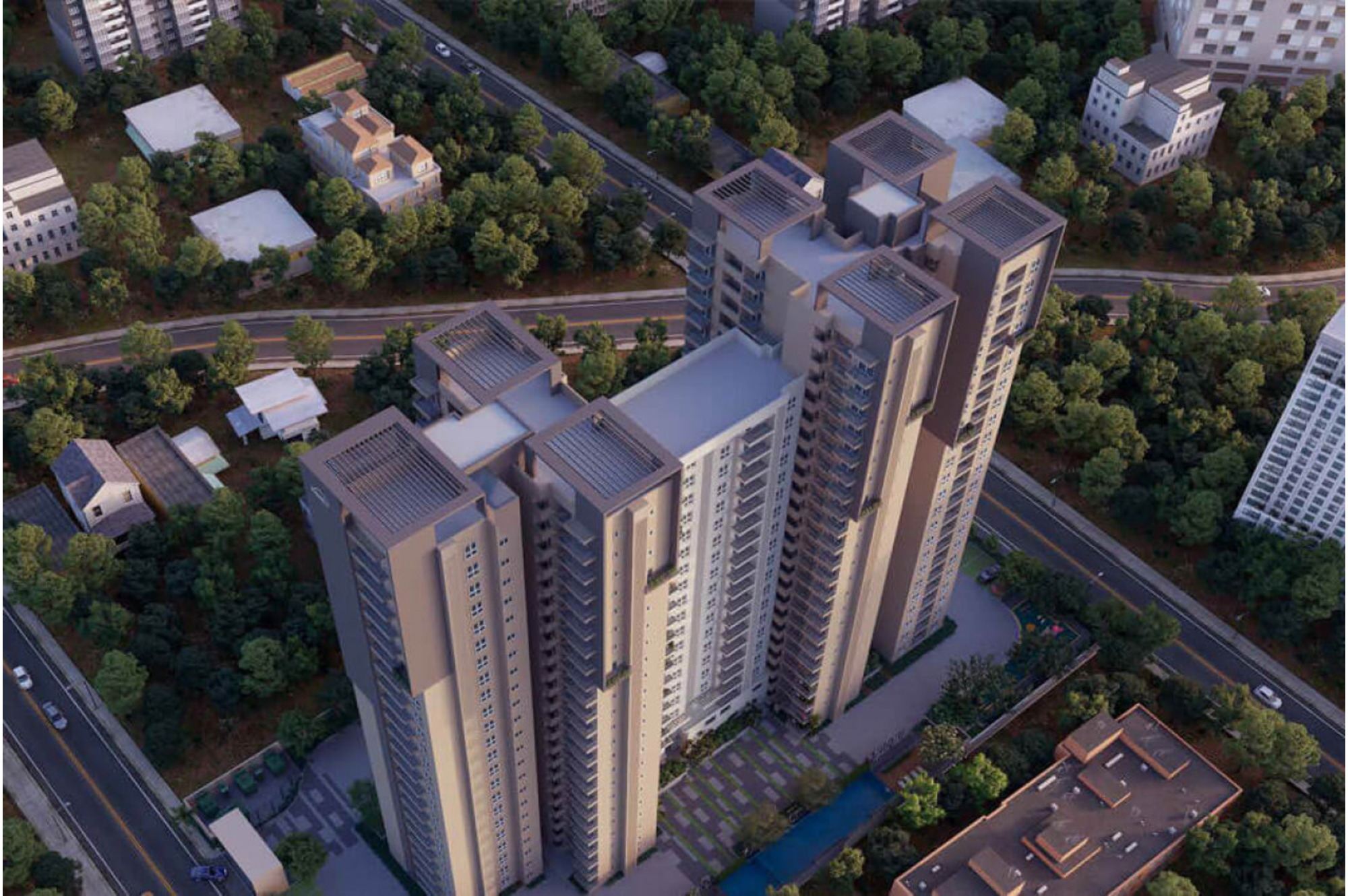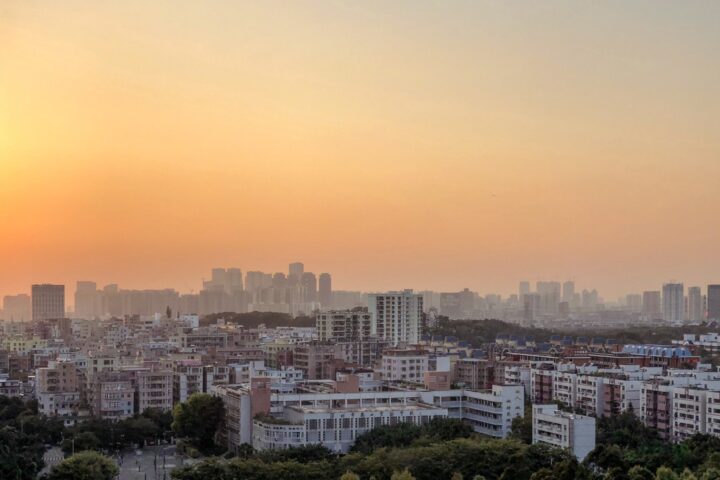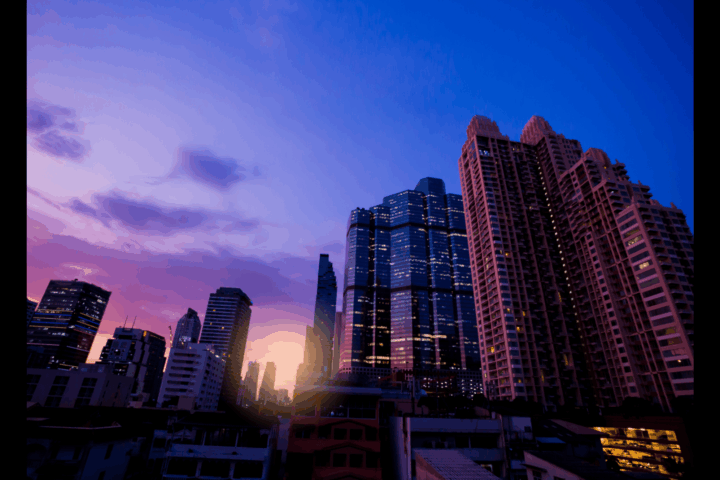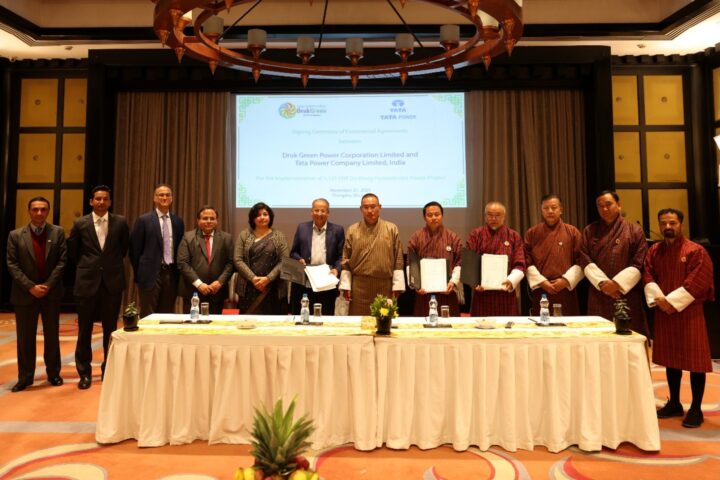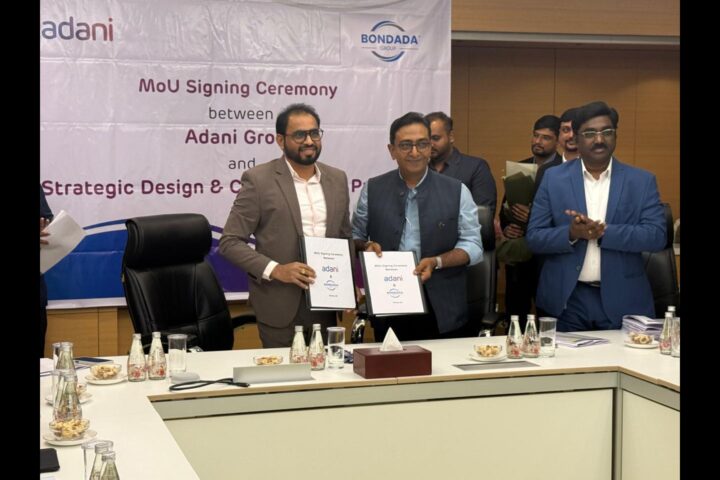by Manjunath V, Managing Partner, Aakruthi Properties
For decades, premium real estate was synonymous with opulence – marble-clad halls, high-end finishes, imported fittings, and glitzy facades. The idea was to impress, to dazzle, to demonstrate wealth through material excess. Nevertheless, the definition of luxury is evolving, and with it, so is the way premium real estate is imagined, designed, and experienced. Today, buyers are no longer roused by grandeur alone; they are drawn to homes that offer meaningful, immersive, and conscious living experiences.
Luxury – once the domain of the elite – has gradually become more aspirational than exclusive. The rising wealth base, global exposure, and refined sensibilities of homebuyers – especially millennials and Gen Z – are pushing the market to rethink what it truly means to live in luxury. This novel definition moves beyond visual grandeur. It largely focuses on emotional fulfilment, convenience as well as sustainability. In other words, it is the evolution from materialism to experiential living.
A shift in preferences
While it’s true that lifestyle has become one of the key decision-making factors, location still remains the prime aspect when purchasing a home, and that’s a fact that won’t change. Buyers today are not replacing location with lifestyle alone – they are seeking a balance between the two. In recent times, high-net-worth individuals (HNIs) and upwardly mobile professionals have adopted emergent neighbourhoods since the traditional luxury locales have become more expensive. They are increasingly in search of locations that offer access to the requisite experiences.
For example, in places like KR Puram and Budigere Cross in Bengaluru, buyers are investing in thoughtfully developed communities. This is because of the promise they bring with them – a balance of city life and natural calm. Moreover, easy access to tech parks or highways is just one part of the decision-making process. What actually seals the deal is a home that offers open skies, quiet surroundings, and a retreat-like ambience at the end of the day.
From opulence to conscious living
The post-pandemic world has made one thing clear: wellbeing matters. The present-age premium homebuyers seek not just real estate but a way of life. They want spaces that breathe. This means they desire homes with natural light, ventilation, and a low environmental footprint. The focus is on long-term liveability, not just instant impact.
Builders who design with purpose – using solar lighting, water conservation systems, sustainable materials, and ample green zones – are leading the transformation. These are the developments that promote wellness, nature immersion, and energy efficiency – finding favour among this new conscious class.
From size to smart space
Luxury homes were once defined by their square footage – bigger was always better. Now, buyers are choosing homes that align with their lifestyle instead of their social standing. Though, spaciousness still matters, it’s about intelligent design over sheer scale.
Urban living has especially redefined this norm. Affluent families are opting for large condos or villas in integrated townships that offer every convenience – clubhouses, walking trails, kids’ play areas, and recreational hubs – all within walking distance. The ability to walk, unwind, and live seamlessly matters more than expensive, underutilised rooms.
From materialism to experience
Perhaps the most significant shift is the pivot from possessions to presence – from what the home has to how the home makes one feel. Emotional connection is something that has become important for buyers looking for homes. They want their home to be a sanctuary and not a showroom.
Experiential living is the new gold standard. This includes community living that fosters belonging, wellness amenities that support mental and physical health as well as design elements that prioritise comfort. Whether it’s a meditation garden, a yoga pavilion, or an open floor plan that lets the light in – these features aren’t just add-ons; they are essentials.
From age-specific to multi-generational homes
Earlier, luxury homes catered to a single buyer demographic – typically older, affluent families. Nowadays, homes are being designed for multi-generational living. With younger families moving in with elders, these homes have become quite important. Additionally, for buyers who lay extreme emphasis on their children’s lifestyle, these homes have become a necessity as they fulfil the need for flexible as well as adaptive spaces.
Likewise, luxury has evolved to encompass the entire family, from entertainment zones to designated silent areas and amenities that are suitable for the elderly. These are residences in which generations not only coexist but also flourish.
Privacy, discretion and exclusivity over showmanship
The traditional luxury buyer once valued flashy displays of wealth – grand entrances, glittering chandeliers and ornate detailing. The modern buyer prefers the opposite. They want restraint, minimalism, and meaningful privacy. This, in turn, has made luxury not just exclusive but also not exposed.
This has led to the rise of gated communities, low-density developments, and private villas. Buyers want homes that allow them to retreat into comfort, to disconnect from the noise and chaos, and to reconnect with themselves and their families.
The rise of Tier 2 cities and integrated townships
Luxury is no longer confined to metros. Cities like Panchkula, Coimbatore, Indore, and Lucknow are rapidly emerging as new centers of premium living. As per an Annarock report, the luxury home sales in Tier 2 cities rose to 18 per cent in 2023 – signalling a clear shift in buyer preference.
Furthermore, various projects are setting new benchmarks. With European-inspired architecture, low-density layouts, and immersive lifestyle offerings, these developments are redefining luxury through thoughtful design and community-first planning.
These integrated townships offer self-sufficient ecosystems: residential blocks, commercial zones, green spaces, and recreational centers – all thoughtfully planned to promote holistic living. For many people, these are not mere homes but rather a way of life.
An effective blend of sustainability and technology
The affluent homebuyer today is tech-savvy and eco-conscious. Smart homes with app-enabled automation, AI-powered energy systems, and digitally integrated community management are now expected.
Meanwhile, the use of eco-friendly building materials, water-saving technologies, as well as solar energy integration is no longer a niche offering. Rather, it has become the need of the hour. This creative blend of technology and sustainability reflects a future-ready mindset – prioritising both convenience and conscience. Following this, the MarkNtel Advisors in their report have projected that the Indian luxury real estate segment will reach USD 105 billion by 2030.
Wrapping up
The modern concept of luxury isn’t loud. Rather, it’s nuanced. Today, status is no longer stressed, what matters is the substance. The premium buyers are choosing homes that nurture their wellbeing, support their lifestyle, and align with their values.
The future of luxury real estate in India is being shaped by developers who appreciate this change. Luxury is no longer restricted to a small number of neighbourhoods or a select few as a result of the expansion of deliberate developments in both metro and Tier 2 cities. Across the nation, it is being reimagined in any location where meaningful, experiential living can establish a foundation.
Because ultimately, luxury isn’t just about how a home looks. It’s about how it makes you feel.


